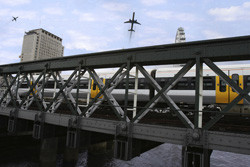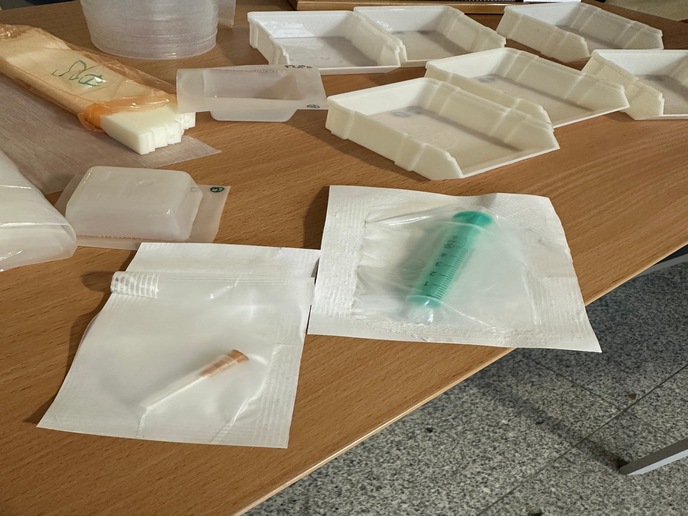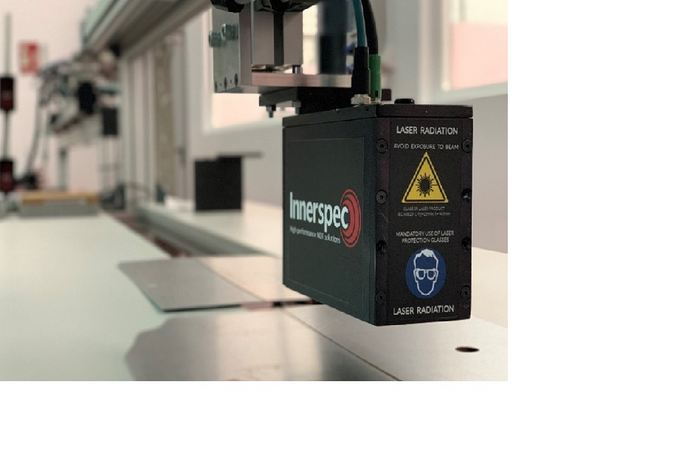Lighter planes for less pollution
The number of passengers travelling by aeroplane in 2010 has almost quadrupled in the last 30 years, reaching from around 260 million to 1 billion passengers. With increased pollution and greenhouse gases, researchers worldwide are looking for newer technologies to decrease aeroplane weight and save on fuel. In this context, the EU-funded project 'Innovative material synergies & composite processing strategies' (IMS&CPS) investigated new nanotechnologies and processes to make lighter planes. Taking advantage of a process called same-qualified-resin-transfer-moulding (SQRTM) to produce a one-shot complex structure, the team sought to reduce metal parts. It also studied pre-impregnated fabrics and advanced fabric preforms, including materials based on carbon nanotubes, to improve electrical conductivity. This led to the successful development of two typical aircraft parts, namely a part of fuselage and a re-engineered nose landing gear door. The project team then conducted a life-cycle analysis that showed to what extent these parts could decrease both manufacturing costs and an aircraft's environmental footprint. In addition, the team looked into ways of integrating carbon nanotubes into composite materials not only in the aviation sector but also in the rail sector. Importantly, IMS&CPS has granted access to all its valuable research based on SQRTM and nanotechnology, potentially enabling greener manufacture of doors, flaps, spoilers, ailerons, slats and other aircraft parts. A more robust aviation manufacturing industry and a decrease in carbon emissions could result from these new innovations, helping European manufacturers lead in making better aircraft parts. The competitiveness of the European air transport industry will certainly benefit from such an endeavour.







